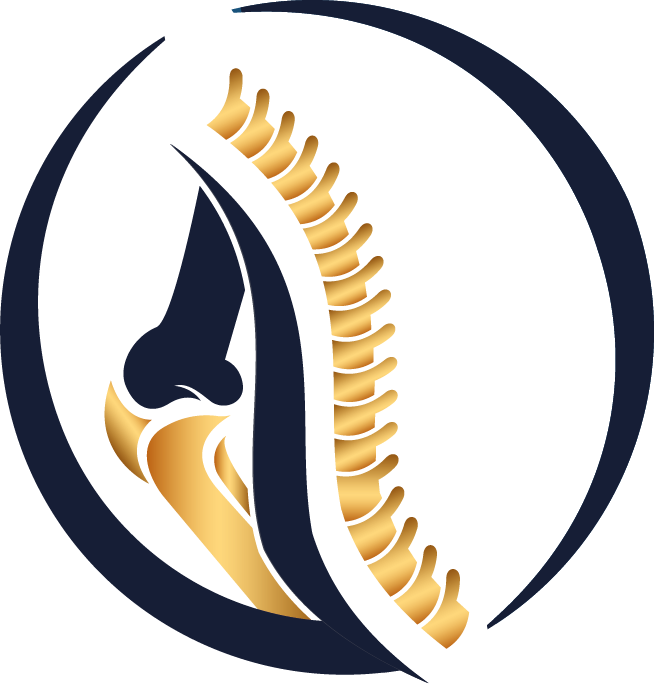Patient Guide • Shoulder
Shoulder AVN: Treatment and Prosthesis Options
When blood supply to the humeral head is reduced, the bone weakens and may collapse. This guide explains symptoms to surgery choices in clear language.
What is shoulder AVN?
Avascular necrosis is the loss of healthy blood supply to the humeral head. The bone becomes weak, the joint surface deteriorates and arthritis may follow, causing pain and stiffness.
Common causes
- Prolonged or high-dose corticosteroid use
- Alcohol misuse
- Blood disorders (e.g., sickle cell) and autoimmune diseases
- Trauma or prior shoulder surgery disrupting blood flow
Typical symptoms
- Deep shoulder pain, often worse at night
- Difficulty raising the arm overhead; weakness
- Clicking/grinding with limited motion
How is it diagnosed?
Examination is supported by imaging. X-rays help in advanced disease; MRI is most sensitive for early stages. Blood tests may look for underlying causes when needed.
Staging (summary)
- Stage I: X-ray may look normal; MRI shows bone marrow changes.
- Stage II: Sclerosis/cysts in the humeral head.
- Stage III: Early subchondral fracture (“crescent sign”).
- Stage IV: Collapse and deformity of the head.
- Stage V: Established arthritis of the joint.
Treatment options
1) Non-operative care
Analgesics/anti-inflammatories, activity modification and physiotherapy can reduce symptoms and slow progression. The goal is relief—not reversing existing bone damage.
2) Joint-preserving surgery (early stages)
Core decompression creates small channels to reduce pressure and improve blood flow. In selected patients it eases pain and improves function; bone marrow or graft augmentation can be added when appropriate.
3) Shoulder replacement (advanced stages)
When collapse and arthritis are present, a prosthesis is often the most effective solution. Choice depends on the rotator cuff and the glenoid (socket):
- Hemiarthroplasty: Only the humeral head is replaced. Considered if the glenoid is healthy and the cuff is intact; late glenoid wear may occur.
- Anatomic total shoulder (aTSA): Both head and socket are replaced. Best when the rotator cuff is intact.
- Reverse shoulder (RSA): Preferred when the rotator cuff is deficient or the joint is unstable; outcomes are favorable in properly selected AVN cases.
Which prosthesis for whom?
Early stages (I–II)
Core decompression ± biologic augmentation when symptoms persist; close follow-up.
Stage III
Subchondral fracture starting—consider joint-preserving options; if pain is high, plan for replacement.
Stages IV–V + intact cuff
Anatomic total shoulder is usually the best match.
Stages IV–V + cuff deficiency
Reverse shoulder is prioritized.
FAQ
- Can AVN fully heal?
- Completely restoring damaged bone is uncommon. Treatment focuses on pain control, halting progression and regaining function.
- How is recovery after surgery?
- Usually a sling the same day or next; physiotherapy starts early. Full recovery takes weeks to months depending on the procedure and cuff status.
- Are there risks?
- As with all surgery, infection, dislocation, stiffness and implant loosening are possible. An experienced team and guided rehab reduce these risks.
Disclaimer: Educational content only; please consult an orthopaedic specialist for diagnosis and treatment.
 Türkçe
Türkçe
 Arabic
Arabic
